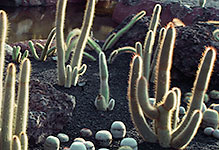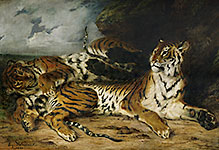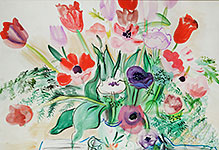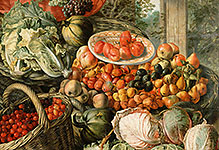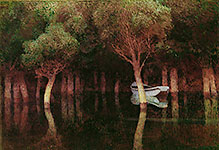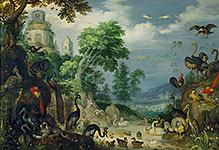
Nature
Plants and flowers. More - trees, fruits, animals etc. - to be added soon!

#03030210
Ivory cosmetic box in the shape of a fish, Canaanite, from Tell es-Sa'idiyeh, Jo...

#03030211
Stone bowl from Khafajeh, Iraq, Early Dynastic period, c2600-c2400 BC. The carvi...

#03030215
Footed basin, decorated with leaves and lotus flowers, Ottoman, c1545-c1550. Thi...

#03030218
Blue goat Approximately 8th century BCE; Tell Ahmar Element of a decorative fi...

#03030221
Wallpainting depicting a scene of a hunt for wild donkeys 194 CE; Salhiyé (anci...

#03030222
Centaur and fish 244-245 CE; ceiling of the large hall of the synagogue, Salhiy...

#03030230
Leaving for the hunt with dogs and cages. Stone bas-relief (7th BCE) from the p...

#03030231
Clay model of a sheep's liver (used by experts in divination). Old Babylonian,...

#03030258
Falcon-headed sphinx from the large temple of Ramses II at Abu Simbel. Limestone...

#03030263
Small Pyramid with relief of Sungod Re-Harakhte as falcon and evil demon Apep as...

#03030268
Hunters or warriors on horseback. Harness plate, silver, gilded (400-350 BCE)....

#03030269
Votive stele of a Thracian horseman found near the village of Zlatna Panega, Lov...
